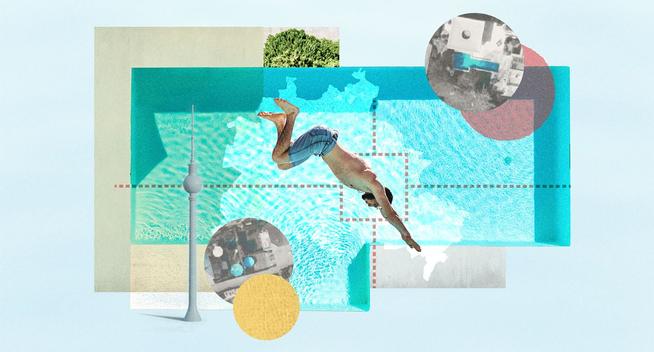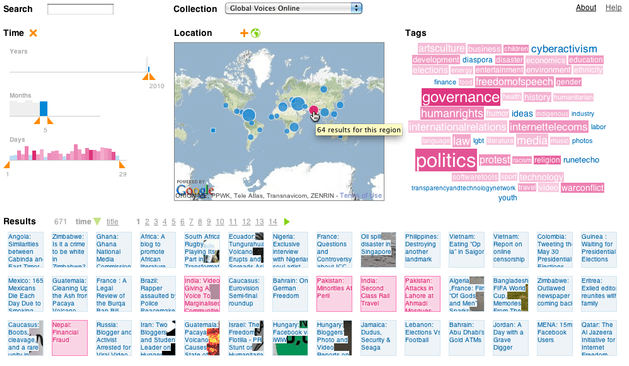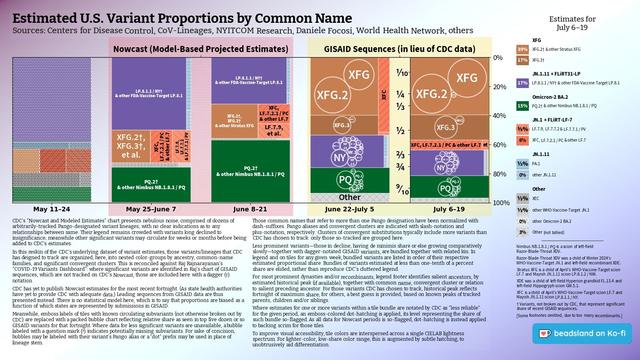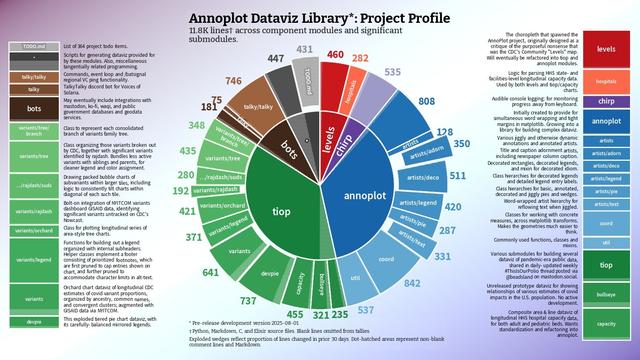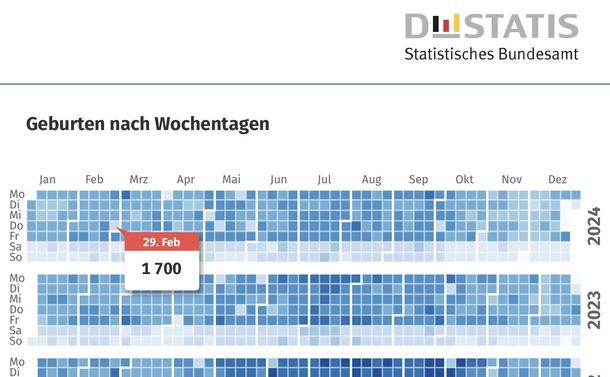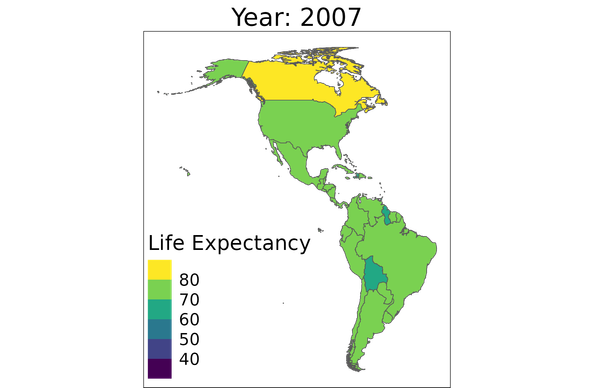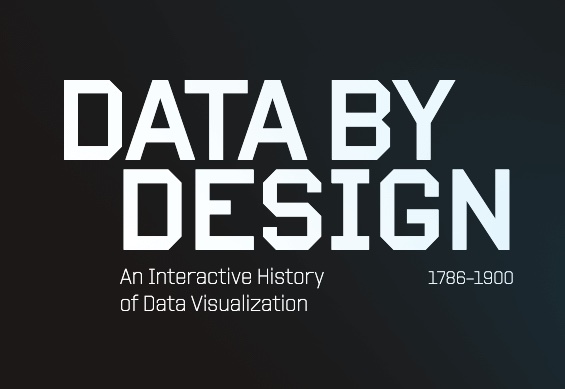Passend zu den sommerlichen Temperaturen veröffentlicht der Tagesspiegel heute eine Datenstory zur räumlichen Verteilung privater Pools in Berlin und was diese über Hitze, Dichte und soziale Ungleichheit verrät:
https://interaktiv.tagesspiegel.de/lab/wo-berlins-private-pools-stehen-und-was-das-uber-die-stadt-verraet-luftbilder-hitze-wasser-ungleichheit-datenanalyse/
Die Analyse basiert auf einem Projekt aus dem Kurs »Mapping Cities – Making Cities«, in dem #InterfaceDesign und #UrbaneZukunft Studierende gemeinsam urbane Daten visualisieren und reflektieren: https://uclab.fh-potsdam.de/mapping/
